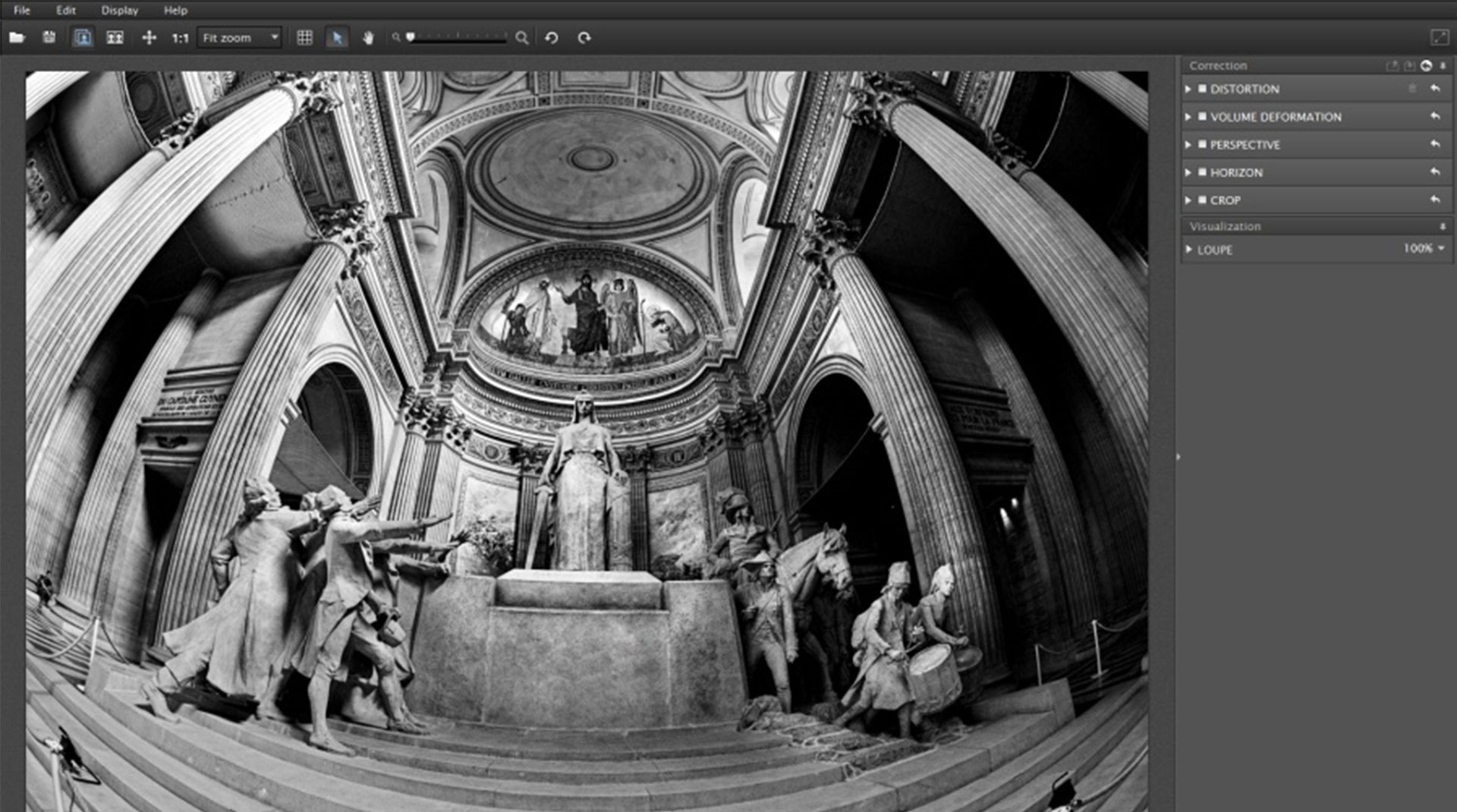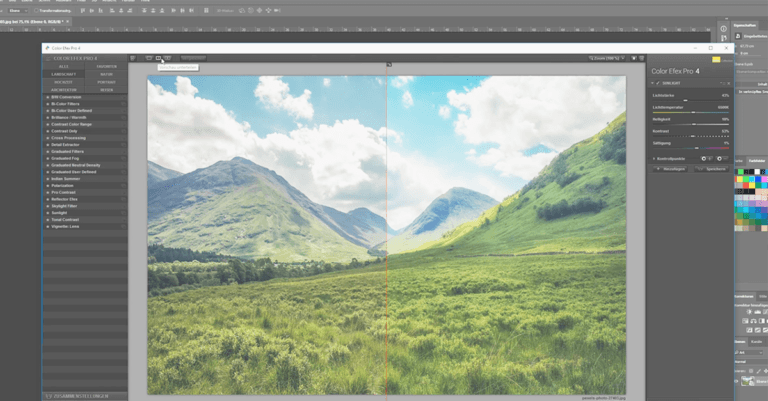

- Dxo viewpoint 2 tutorial how to#
- Dxo viewpoint 2 tutorial software#
- Dxo viewpoint 2 tutorial trial#
- Dxo viewpoint 2 tutorial windows#
ViewPoint 3 provides solutions not only to architecture photos but photos of people as well. …instantly correct geometric distortion, straighten both horizontal and vertical lines, and automatically crop images, effectively eliminating keystoning while preserving the maximum information in the picture.īelow is an example of ViewPoint 3’s rendering power: Stan Sholik is a writer and photographer in San Clemente, California.ViewPoint 3 debuts a new Optics Module, which in combination with their faster algorithms, provides better automation to the workflow of a user by the new “modes” that DxO claims can
Dxo viewpoint 2 tutorial trial#
A 30-day trial of Nik Collection 3 by DxO is available. The collection retails for $149, and upgrades are $79. The new Perspective Efex module is one of the eight plug-ins in Nik Collection 3. Other sections of Perspective Efex correct horizontal and vertical lines, tilting buildings, and even flatten full-frame fisheye images. The unique ability of this plug-in to correct a common issue quickly makes it worthy of a closer look.

Volume deformation is only one subpanel of the new Perspective Efex tab in Nik Collection 3. Even when the diagonal adjustment provides the better correction, you may decide the horizontal/vertical adjustment looks better overall if curving is too noticeable. This is most obvious when there are strong horizontal lines in the image, but it’s also visible in the repeating patterns that can be found on floors. With diagonal adjustments, the image is not only cropped, but lines become curved. In this case the diagonal adjustment worked better (right). With some images it is difficult to decide whether a horizontal/vertical or diagonal adjustment is more appropriate (left).

These are most useful to reduce some of the correction if the original image becomes too cropped to show all of the relevant content. Two sliders are provided for fine tuning the correction both horizontally and vertically. When you select it, the image is processed with a default horizontal correction based on EXIF information in the digital image file. It’s located to the left in the Volume deformation subpanel.

If heads or objects near the edge of the frame appear stretched or flattened, then first try the horizontal/vertical icon.
Dxo viewpoint 2 tutorial how to#
HOW TO TAME DEFORMATIONĪpply the volume deformation correction by selecting Perspective Efex in the Nik Selective Tool 2 toolbar in Photoshop or by selecting Photo > Perspective Efex > Edit in Lightroom.ĭepending on how the image is deformed, Perspective Efex provides two methods of correction: horizontal/vertical and diagonal.
Dxo viewpoint 2 tutorial windows#
With the release of the Nik Collection 3 plug-in from DxO, you can now correct volume deformation in Adobe Photoshop, Photoshop Lightroom, Photoshop Elements, and DxO PhotoLab.įor this tutorial, I used Perspective Efex in Photoshop and Lightroom on Windows and iOS systems. Previously this effect could be corrected only with the use of ViewPoint from DxO Labs. Volume deformation arises because a three-dimensional object cannot be exactly mapped onto a two-dimensional plane, such as an image sensor.
Dxo viewpoint 2 tutorial software#
These abberations exist even after applying lens corrections in editing software because they’re not the result of optical lens distortions but due to an effect called anamorphosis or, more commonly, volume deformation. This is especially apparent when a lack of space forces you to use a wide-angle lens for a group photo or wedding party. If you’re using lenses 24mm or wider, you’ve likely noticed unnatural effects at the edges of your images.


 0 kommentar(er)
0 kommentar(er)
